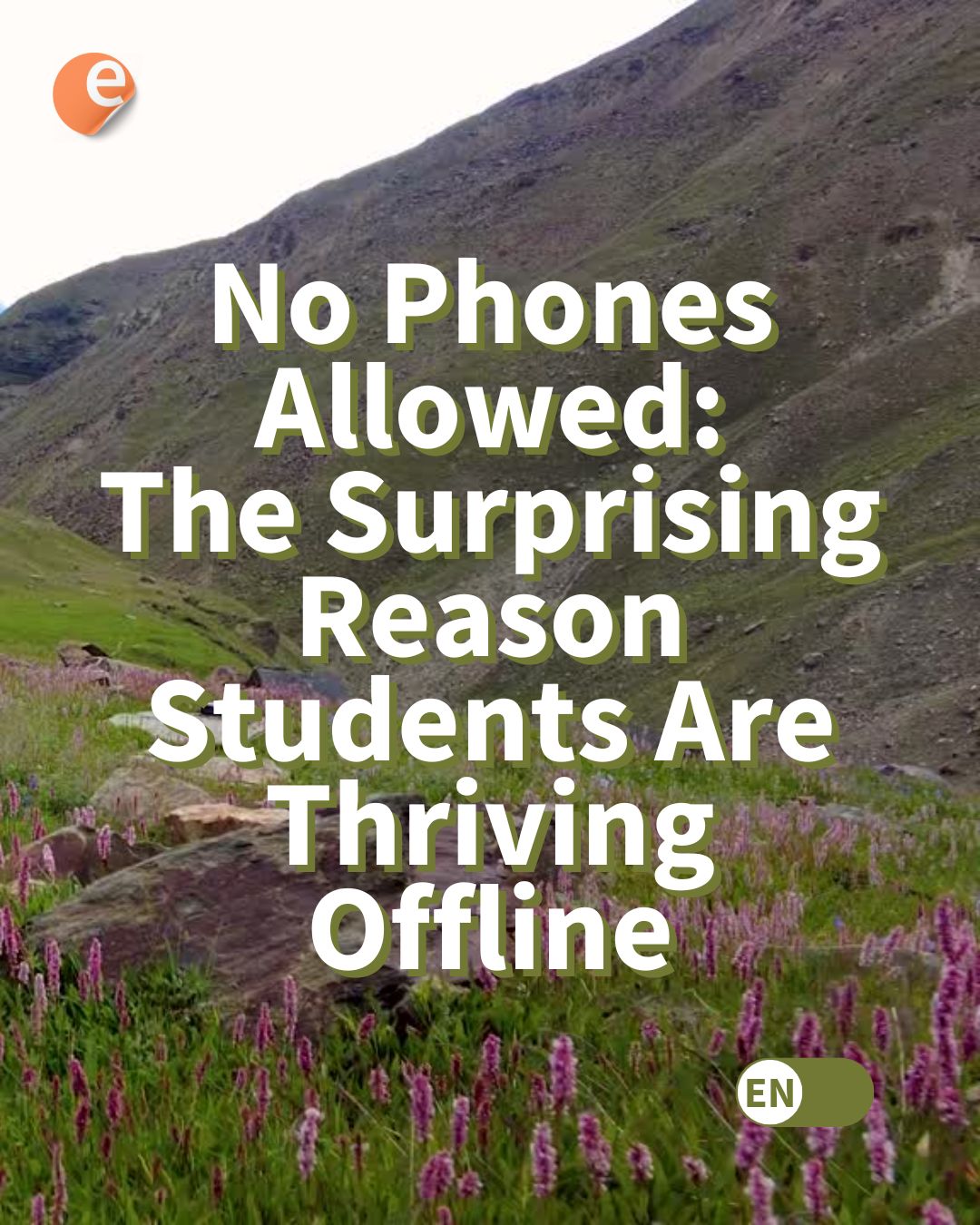As peculiar as the current crisis is, roads to recovery follow a historical beat. Universities and other society’s thought centers move first. First, they gather data and share results and insight. So far so good: Johns Hopkins features the world famous coronavirus dashboard. Next, they become instrumental in the coordination of efforts to overcome our complexities. Now here is where we appear to be witnessing a departure from previous times.
There have been several mechanisms in which universities spearheaded development. Look no further than human capital accumulation in post-war periods. From a regional perspective, they become essential in innovation ecosystems. The boom since late 18th century coincides with the explosion of universities and enrollments, both chronologically and geographically. Universities’ proximity and coordination with private and public are still basic economic policy ingredients. This holds true in a general sense as much as in sector-specific innovation. In EdTech it’s no exception, with some Chinese cities representing best case scenarios.
But success stories nowadays are scarce. Universities are not playing a mayor role in figuring a way out of the pandemic. In the educational downfall, they are patient zero. Private and public alike, U.S. institutions are announcing the elimination of programs, furloughs and layoffs, wages and admission freezes.
Is the university failing, or is the university failing us?
There are a few noticeable things in the shape of the financial crisis of universities:
- Public universities have started to face cuts, but these are expected to materialize in full for the coming year. The non-profit entities are also not eligible for any form of tax credit.
- Wealthy universities, despite their vast
- In the U.S. $14 billion USD were earmarked for Higher Ed in the CARES Act signed into law, below the ~$50 billion the American Council of Education considered adequate to make up for state and local cuts.
- Besides food and housing credits, university and college students have not received any direct support, with regular news of dropouts, dorm evictions and “digital deserts” from where they would not be able to meet an online education regime. There has been no meaningful debate on student debt relief.
- A second stimulus in the HEROES (formerly CARES II) bill continues to be delayed. A list of educational associations has estimated, on a letter to Congress, $200 billion to be the adequate sum, which may only partially address issues of infrastructure and connectivity (PDF).
Despite their size and influence, the role of universities and colleges in economic development has been increasingly put into question. Prior to the pandemic, the number of active institutions and total enrollments had been shrinking. Tuition fees, however, had been increasing. Breaking down the sources of these hikes we find administrative —including marketing— staff and other extra-academic items to be the main drivers. Faculty salaries have grown modestly, in some cases below inflation, consistently making up a smaller piece of the university spending pie.
Regarding subjects, humanities and non-profit institutions are bearing the brunt of the cuts. Universities favor more profitable degrees, in some cases favoring continuing education or graduate degrees. A desperate measure by most accounts, as they look more than a long-term shock to the academic pipeline than a remedial measure. Doctoral programs and tenured positions slashed only foretell dwindling programs and enrollments.
Threading the elearning needle
At this time, a generalized transition to remote, virtual or hybrid education does not look like a solution. Elearning might reduce the need for physical classrooms, but increases investments in several new areas. Another selling point of digital classrooms, namely scalability, will not be the revenue generator many expected it would be. MOOCs are exhibit A.
Next to the budget reductions accentuated, yet not kicked off by the pandemic, is the limited preparation for a “Future of Work” in a “Fourth Industrial Revolution” perspective that likewise predated the “New Normal” for several years. As Facebook and Google enter their tween years, faculty continues to report critical deficiencies in basic digital competencies, let alone educational ones or even notions about engagement or use of learning analytics. While letter to Congress raises no issues regarding Digital Competencies for Educators, it envisions $7.8 billion for the “transition to distance learning.”
A particular point of contention involves the cost comparison between physical and online settings and their price differences. In ordinary circumstances it might make sense that tuition fees are reduced if there is a full transition to online learning. (In the case of hybrid learning, reduction of costs associated to facilities could be minimal.) But the circumstances not being ordinary is why the transition is happening in the first place. In addition to reduced budgets, finally getting up to speed with the digital world implies an investment. A case, it appears, universities haven’t been able to successfully make to their constituents.
What elearning professionals might note is how online education is never taken seriously as a path forward, despite the fact that some of the few remarkable educational innovations from universities in recent years have involved Information Technology. And here, innovation is defined as a solution to an actual problem faced by a target population which adds value or reduces costs significantly.
Universities have lost the lead to the point that they are unable to understand and address their own problems. Which is not equivalent to claim there aren’t solutions out there. They have been, in fact, available for many years. An ecosystem of technological solutions and services has been blooming, just not near academic dwellings. When those players have been interested to reach out and help trail paths forward, they have been faced with backlash and distrust, not always deserved.
We’re referring to providers of institutional EdTech and elearning services, primarily Learning Management Systems (LMS) and Online Program Managers (OPM).
- Over at Elearning Inside News, Henry Kronk chronicles the engineering feat of Thoma Bravo’s Instructure, the former public company who develops Canvas. The people at the leading LMS in U.S. Higher Ed ended up serving 2.2 million users concurrently on its multi-tenant SaaS platform. When their clients went back to school in the fall, 6 million learners were accessing the platform on average, a daunting task no one could have handled without issue. At primarily K-12 institutions, “everyone got close to 100% adoption over the course of a few weeks,” tells Ryan Lufkin, Canvas Senior Director of Product, to Kronk. But Canvas sorted it out and today it is the backbone to education institutions in both Higher Ed and K-12, including 14 statewide education systems. Instructure itself faced a fair share of internal turmoil, but in less than a year it retooled and was ready to assist others.
- Necessity more than arms wide reach is bringing technological support to 770 universities by way of 60+ OPM companies, as tallied by Holon IQ. These public-private, private-private and private-nonprofit partnership have given new life to several universities for years. Known more for the few suspicious actors than for the broad diversity of its members, the OPM space can take a fair share of the credit for expanding the portfolio of services at universities, thus catering to a bigger and more diverse group of members, often with specialized offerings.







